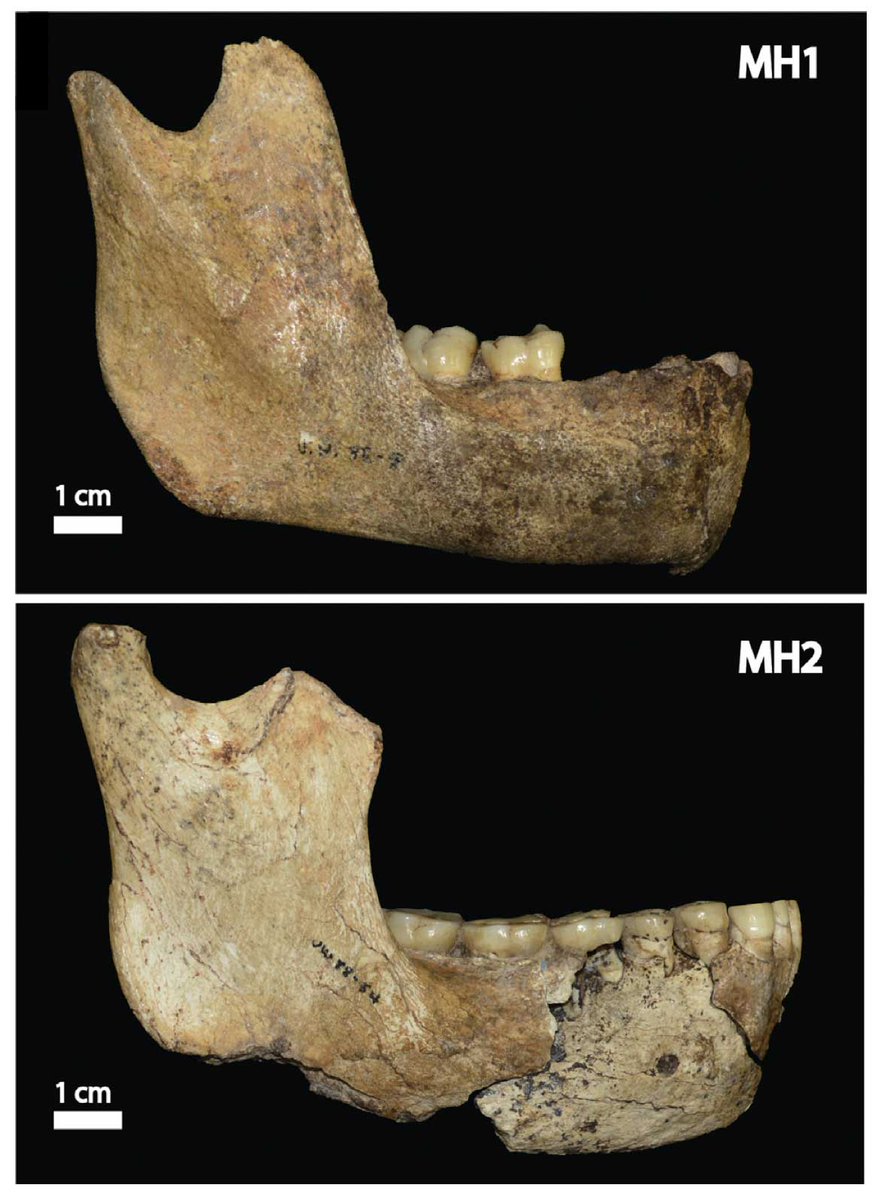
Some say MSA/Middle Paleolithic hominins used ochre for sun protection, blocking any conclusions about marking or other symbolic uses. I say traditions of processing and using mineral pigments for sun protection are more complex and less universal than cosmetic uses.
Some archaeologists have focused on cosmetic uses of pigments, but it remains much more common to see ochre and other pigments framed in terms of "symbolic marking" or "marking".
Of course, cosmetics are used for symbolic marking, and also other kinds of marking, and much use of cosmetics across cultures is directed toward mimicry, enhancing the visual impact of features, or reducing the visual impact of features, not "symbolic" in a strict sense.
All this is to say that cosmetics engage with the senses and cognition on many levels, and the recurrent archaeological tendency to tie early pigment use to language or "symbolic culture", or to try to debunk cosmetic uses of pigments, is just weird.
• • •
Missing some Tweet in this thread? You can try to
force a refresh








